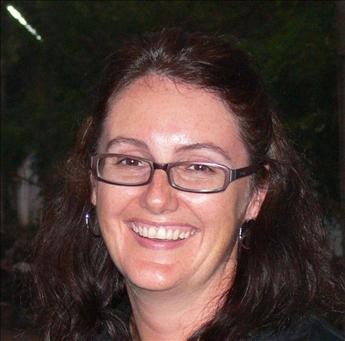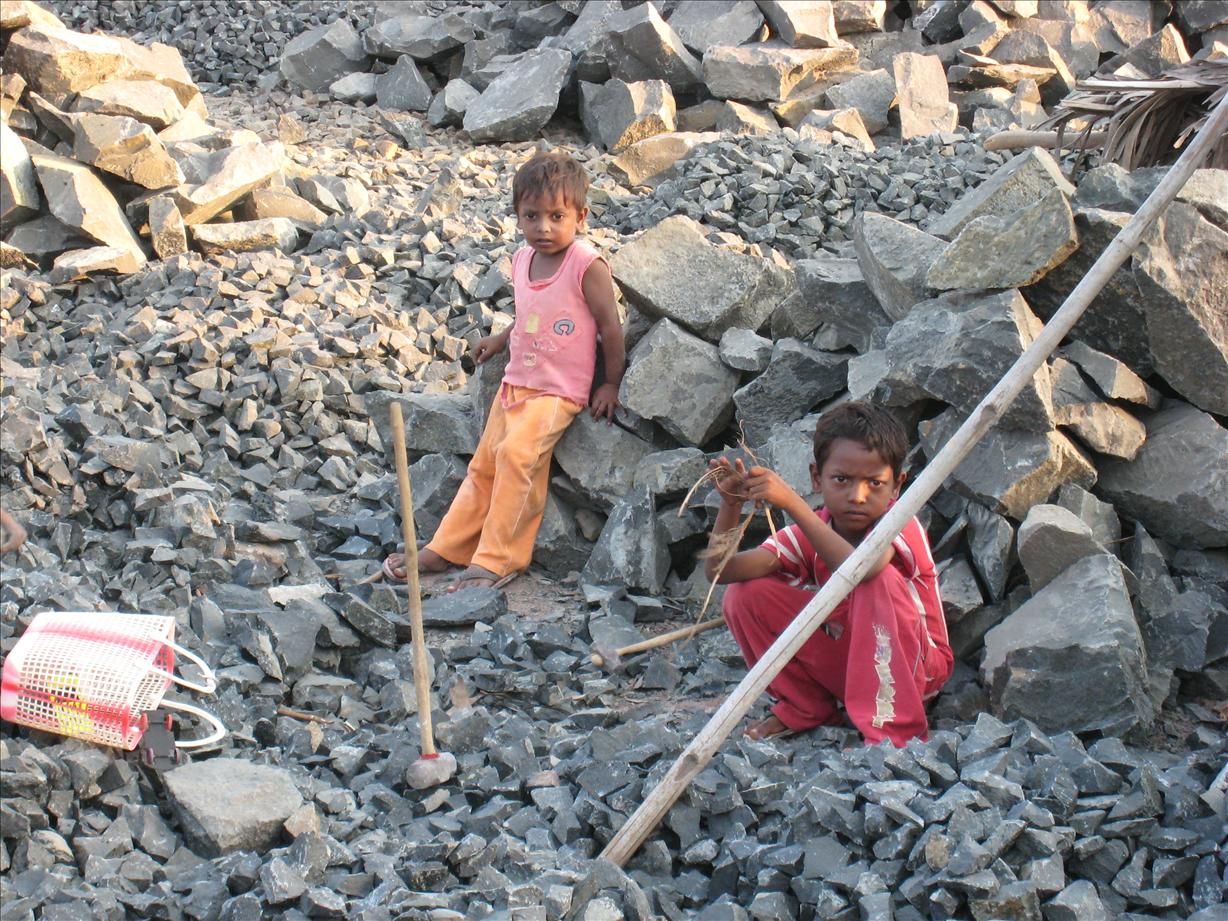
 A sign proclaims ‘Child-labour free zone’ as I enter one of Rajahmundry’s (Andhra Pradesh, India) many slums.
A sign proclaims ‘Child-labour free zone’ as I enter one of Rajahmundry’s (Andhra Pradesh, India) many slums.
It is a remarkable sight considering that Andhra Pradesh has one of the largest populations of child-labourers in the country, 1.3 million to be exact.
The problem was certainly less visible than it was on my last visit little over a year ago. During that visit, I saw children working in quarries, smashing rocks with their bare hands. The conditions were hot and dusty and they had no shoes or safety equipment. The children worked 10 hours a day throughout the week.
To say it broke my heart is an understatement.
Wage poverty
Wage poverty is the crux of the problem. Many children are forced to work to support their family’s meager incomes. Some are bonded indefinitely to employers to pay off their parent’s debts. Others are trafficked into the sex industry.
World Vision has learnt through its work in India that if parents are illiterate, they are less likely to value education and therefore more inclined their children to become labourers.
Gender bias and/or the caste system can also be further barriers to education and breaking the cycle of poverty.
World Vision began working in Rajahmundry in 1999.
Its programmes now extend to 40 of the city’s 100 slums.
Twelve of those are now completely free of child-labour and have initiatives targeting the whole community.
For example, World Vision provides small grants to poor families so that children are relieved of the responsibility to work. They can then return to school, gain practical skills and eventually earn a higher wage.
Income boost
Education is not just reserved for children. Housewives, who previously did not contribute to household income are being trained in economic development and to start their own businesses with the help of micro-finance, thus boosting the wealth and well-being of the whole family.
But perhaps the most impressive achievement has been the change in the mindset, which has occurred in the slums of Rajahmundry.
Many parents are now determined that their children should not suffer the fate they had endured during their childhood.
A fisherman, who was in bonded labour from an early age, said, “My life is already ruined. Why would I ruin the life of my children? I will work to ensure that they are educated and hope for a better life.”
That sentiment is so strong that many slums have now set up groups, which focus on child protection issues such as abuse, child-labour trafficking and early marriage.
They operate like a Neighbourhood Watch Group, which has had a tremendous impact. Last year, the number of child-labourers within the slums that World Vision operates more than halved.
Sixteen-year-old Veeramani from Adimmadibba slum is among those able to return to school. Her parents sent her to work as day labourer when she was 13. Two years later, she came into contact with World Vision who educated her parents about her rights and convinced them to send her back to school.
The aid agency supported the family by paying Veeramani’s school fees.
It has proved a solid investment; last year, Veeramani passed her standard 10 exams, coming second in her class. She is now keen on further education to become an IT professional.
Funding shortage
Funding for the Rajahmundry project is now ending. Unfortunately, there is a shortfall of US$100,000. I am disappointed feeling as though there is much work still to be done but I am hopeful that the successes we have achieved will spread to the neighbouring slums we have been unable to reach.
Chanel Ryall is Child Protection Specialist and Private Grants Manager at World Vision based in Auckland. If you would like to help in World Vision’s work in Rajahmundry, please call 0800-800776. If you would like to help fund microfinance project or sponsor a child’ visit www.worldvision.org.nz






